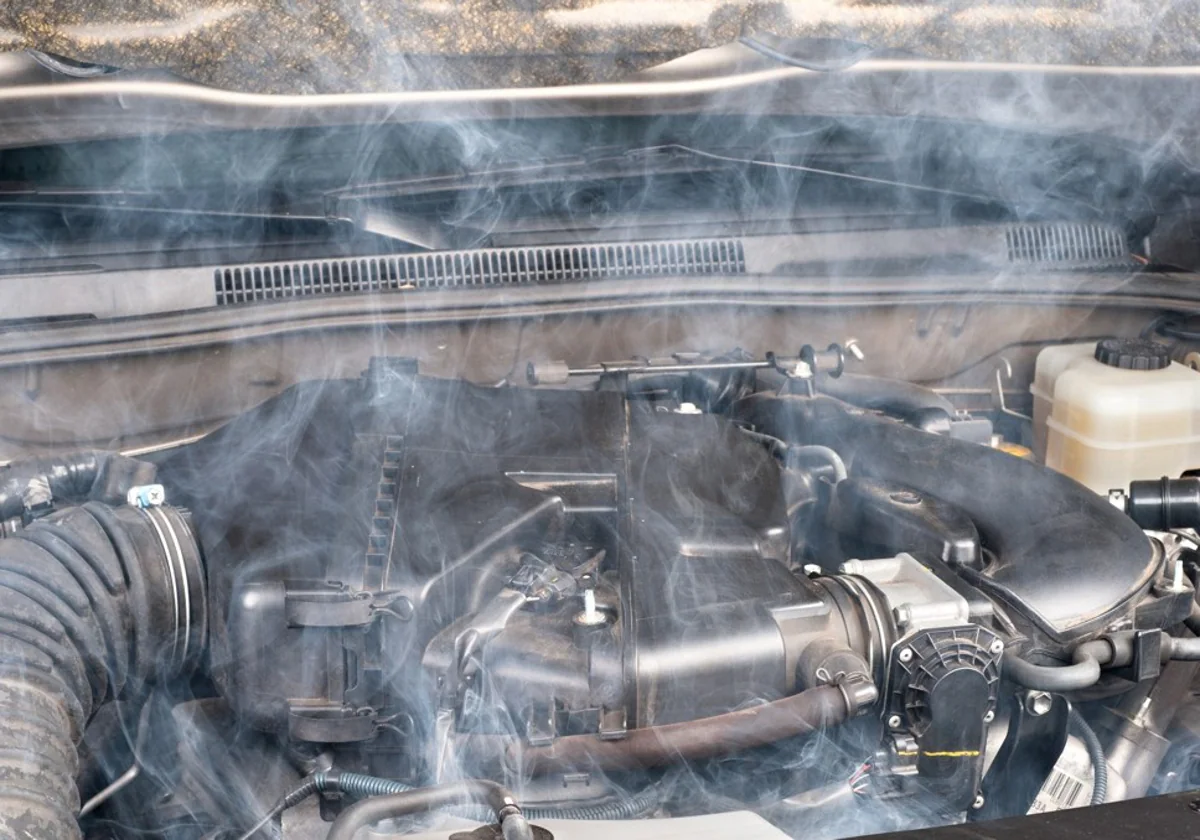No European country should expect the penetration of plug-in vehicles – these are 100% electric and plug-in hybrids.
below two percent figures. This is particularly the case in a single market with what are supposed to be common decarbonisation targets, and even more so in one of the five largest markets by volume within the EU.
Germany is the arena with the highest volume in Europe. In 2022, the country closed with a 1.1% growth in its sales figures, with 2.65 million registrations. Of these, 362,093 were plug-in hybrids and 470,559 were pure electric, with market shares of 13.7% and 17.7% respectively.
This does not happen in Spain. Registrations fell 5.4% and ended the year with 813,396 operations, a far cry from what the major industry associations Anfac, Faconauto and Ganvam consider a “healthy” figure: 1.2 million units.
Of the Spanish total,
only 5.9% of sales were plug-in hybrid carswith 47,785 sales
and 3.8% were all-electric, with 30,544 registrations. On the other hand, the emergence of conventional hybrid models is particularly noteworthy, which have already taken up almost a third of the market and have surpassed diesel as a propulsion alternative: 239,471 hybrid cars were sold in 2022, 29.4% of the total. This reaffirms the firm commitment of the Renault Group to this type of powertrain in Spain.
For Anfac, however, “the electrified should have finished the year above the 14% quota to meet the government’s goals of decarbonising the economy.” According to the objectives of the National Integrated Energy and Climate Plan,
the electrified park should be 120,000 units per year to reach the desired five million vehicles.
But while Spain is one of Europe’s five largest markets, a comparison with Germany is unfair. To begin with, the national GDP per capita is 69.8% lower than Germany’s –25,500 euros against 43,290 in 2021– and your country has practically twice as many inhabitants as ours. A more reasonable comparison would be Italy, which has 18.2% more GDP (€30,140) and 12 million more inhabitants.
In 2022, the transalpine country registered 1,316,702 registrations, 9.7% less than a year ago, with the share of 100% electric cars falling nine-tenths of a percentage, from 4.6% to 3.7%,” the worst performance of European markets” , according to the Federauto dealer association, who blamed ineffective demand incentives -as in Spain-.
A country crowned as one of the examples to follow in the transition to electricity is one of the largest oil producers in Europe:
Norway. In 2022, each of the 10 best-selling models was zero-emission and 79.8% of registrations corresponded to this type of engine. The sales leader was the Tesla Model Y, with 17,356 sales.
Norway has implemented an ingenious incentive system in which
hybrid and electric vehicles are exempt from VAT (25%), as well as the rate of CO2 emissions. However, the Executive introduced a new weight-based tax to discourage the sale of large models.
Source: La Verdad
I am Ida Scott, a journalist and content author with a passion for uncovering the truth. I have been writing professionally for Today Times Live since 2020 and specialize in political news. My career began when I was just 17; I had already developed a knack for research and an eye for detail which made me stand out from my peers.



